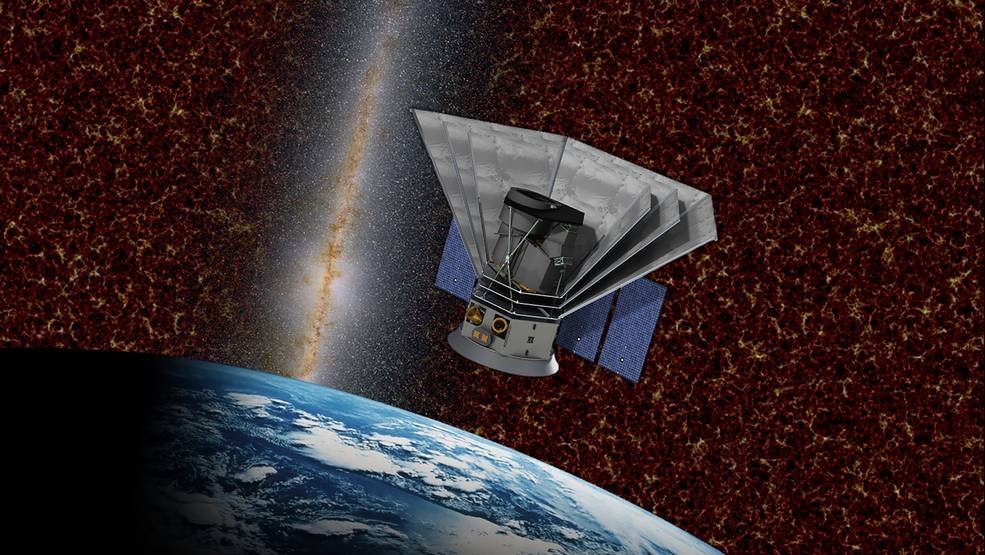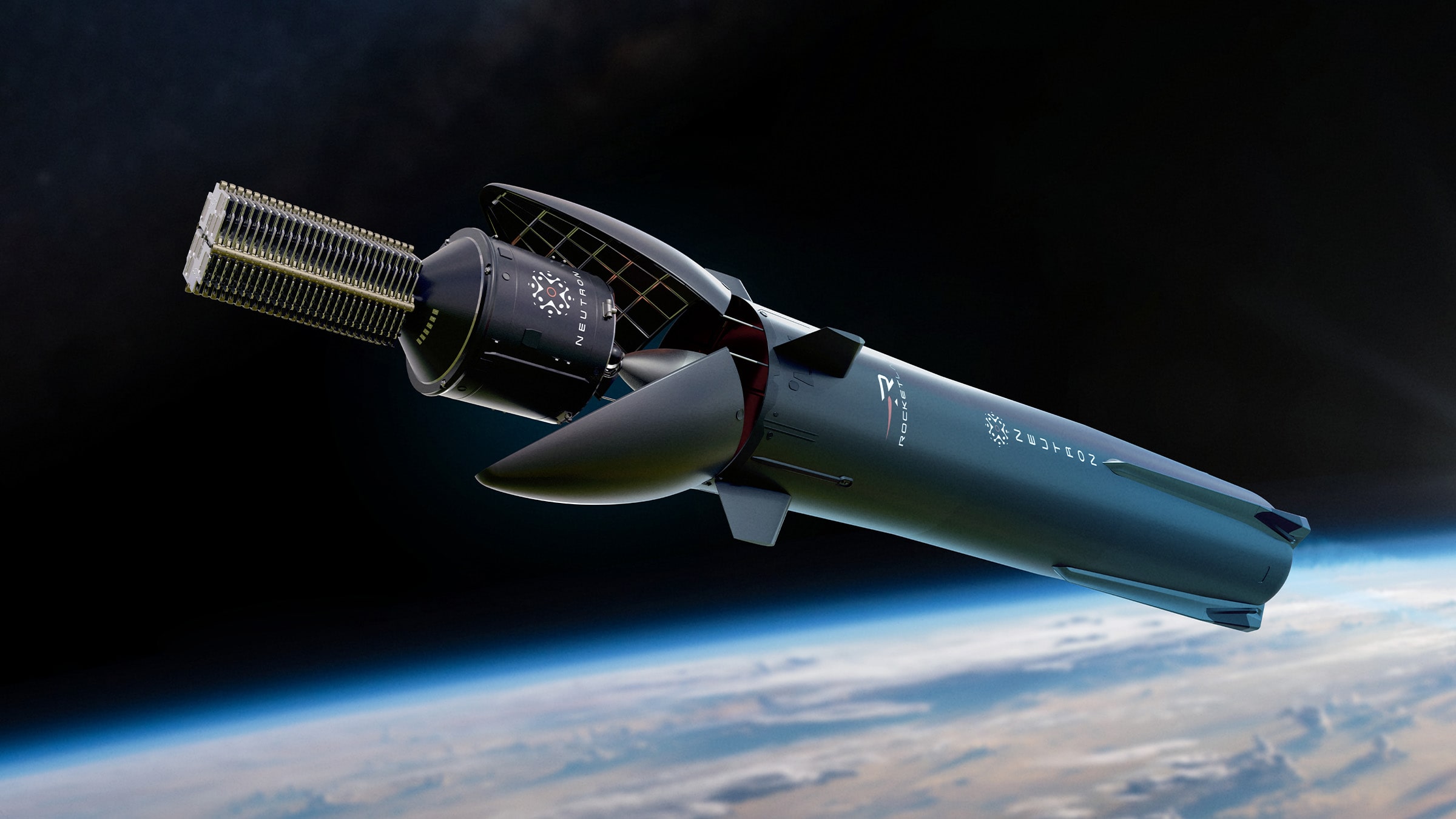PICTURED: The soon-to-launch SPHEREx space observatory. PC: Caltech.
Story at a glance…
-
A telescope that will map the entire sky every six months has been funded and set for a 2024-2025 launch date.
-
It will detect water-ice in the Milky Way and provide insight into inflation in the moment after the Big Bang.
-
Instrument Scientists Phil Korngut from Caltech speaks to WaL about the project, set to perfectly complement the James Webb Telescope.
The launch of the James Webb Space Telescope in December 2021 was the culmination of three decades of Herculean efforts. However another cosmic mapmaker developed in Webb’s shadow is set to launch in the spring window of 2024 or 2025, and promises to be maybe even more important.
The “Spectro-Photometer for the History of the Universe, Epoch of Reionization and Ices Explorer,” is the mission’s official title, and is much better known as SPHEREx. This observatory will map the entire sky every six months, indiscriminately gathering data on 300 million galaxies, including the oldest ones in the sky.
In short SPHEREx will take a picture of the whole sky with enough detail to allow researchers to identify unique or important characteristics of a star, galaxy, or exoplanet, that can inform missions of targeted observatories like JWST or even Hubble.
“There’s definitely a complimentarity,” remarks Phil Korngut, Instrument Scientist at the California Technical Institute team that’s currently building the observatory. “They are very different beasts. The metaphor I like to use is a chainsaw and a scalpel are both ‘cutting implements’ but you use them for very different things”.
“With SPHEREX we’re going to survey everything and it’s much easier to find interesting objects this way, and then you know where to look with JWST”.
NASA originally chose to fund SPHEREx, costing around $243 million, in 2019, specifically because of its unparalleled ability to collect data and deposit it into the astronomical science community, which can then be used as the basis of research and follow up observations with flagship observatories like Hubble, JWST, or the future Wide Field Infrared Survey Telescope.
Martini on the rocks
Unlike the JWST which is hundreds of thousands of miles from Earth, the cone or tulip-shaped SPHEREx will be much closer to home, which deeply influenced the engineering.
“The ‘martini glass’ of nestled conical panels are photon shields,” Korngut explains to WaL. “SPHEREx lives in low-earth orbit, and when you’re working in the infrared [light spectrum] things that are warm are the enemy. They’re glowing in the near-infrared, so our telescope has to be cooled down to very low temperatures”.
“We have our telescope nestled in the three-stage photon shields and those block the radiation coming up from the earth and across from the sun. It’s super fun and exciting in that we’ve been designing this thing for the better part of a decade, and now we’re building it”.
Inside, the telescope will look, as Korngut explains, into the infrared. This wavelength of light is sometimes called heat radiation, but it isn’t visible to the human eye. If you want to see the earliest history of the universe, the infrared is necessary.
On top of that the telescope comes with an enormous field of view equipped with spectroscopy capabilities. Spectroscopy allows light to be broken down into individual wavelengths which appear like colors (think Pink Floyd’s Dark Side of the Moon). This will allow SPHEREx to reveal what an object is actually made of, because individual chemical elements absorb and radiate specific wavelengths of light.
A series of infrared-spectroscopic filters are put over the telescope’s detectors, and it in turns scans the skies relentlessly with every piece of the sky landing on every point of the focal plane that goes through every filter’s wavelength, thus creating a spectroscopic map of the entire sky every six months for two years.
After the first year, slight adjustments can be made to account for changes in the position of the observatory, and the process can start up again, providing at least two identical, potentially more, three-dimensional maps of the universe.



